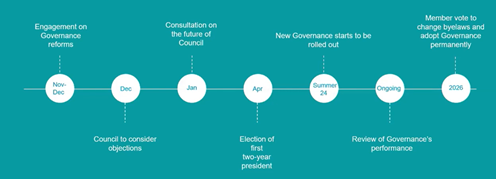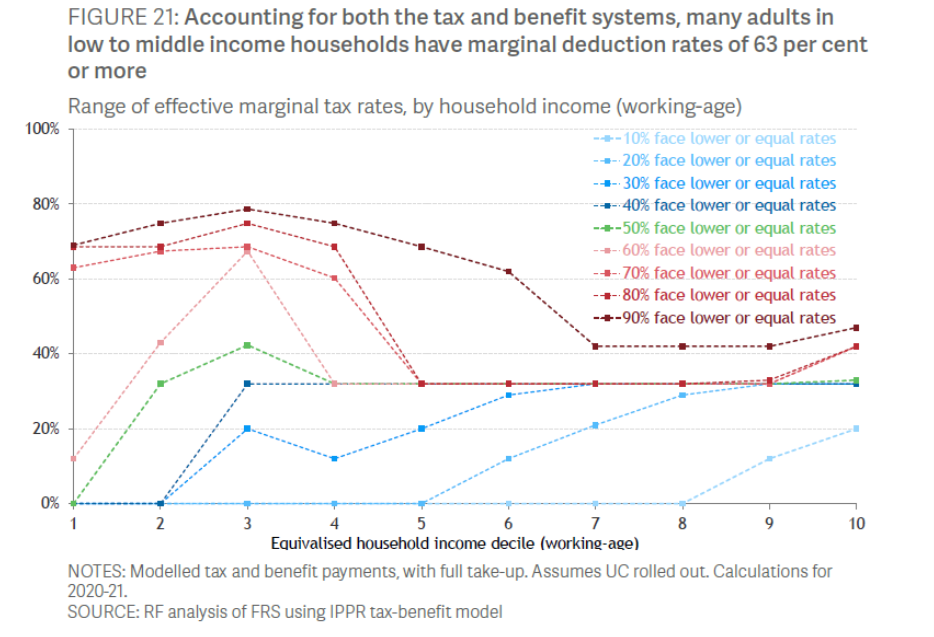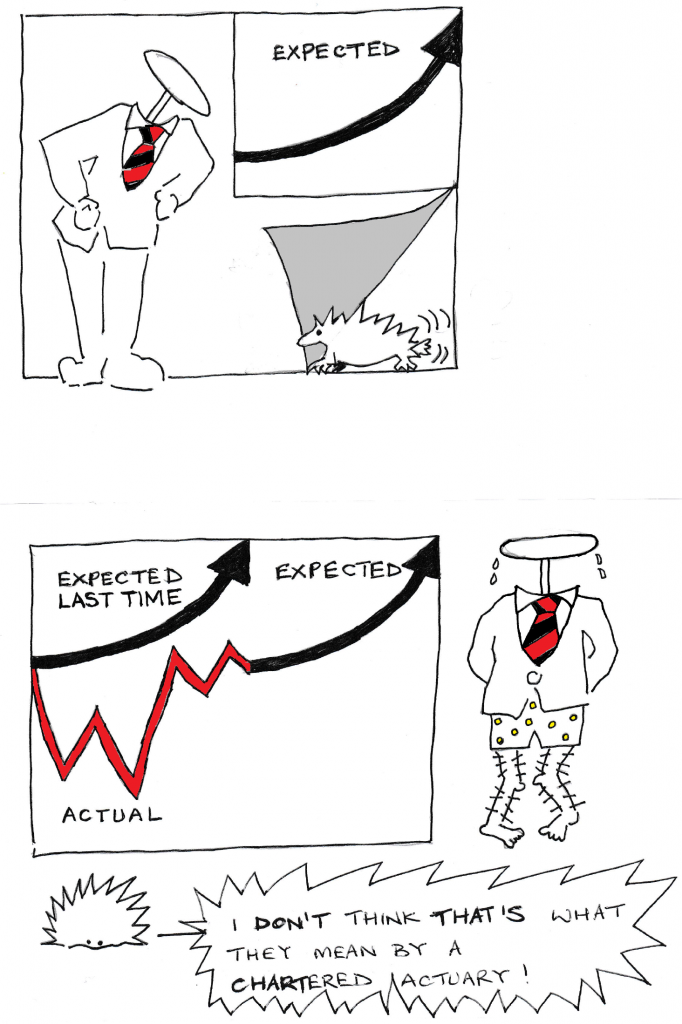
We have been here many times before, even in recent memory. The 2008 banking crisis, memorably immortalised by the Steve Bell cartoon above; the MPs’ expenses scandal the following year; the successive disappointments of Brexit; and now the the Post Office Horizon scandal. All of these had in common an initial public expression of outrage, followed by loud condemnations of aspects of it from within the Establishment, followed by a series of measures which generally failed to change anything substantive. So the ring-fencing legislation brought in to isolate the risk taking within banking from retail customers has steadily been lobbied against and is now gradually being unravelled. MPs continue to have expenses scandals. I don’t know how to encapsulate in a sentence the Muppet Show of how the Establishment has been trying to deal with Brexit since 2016. And now this.
The Post Office scandal seems to be being discussed everywhere: beyond the TV, radio and social media, it is in the pub, the supermarket queue, in families and workplaces. The Establishment condemnation is already underway, as pithily summarised by Marina Hyde here. I do not really care about the implications for the honours lists, but very much hope that the sub-postmasters and sub-postmistresses get the compensation they are seeking. However this time the response cannot stop there.
As David Allen Green has written in Prospect today (with a great overview of what has happened from a legal point of view), the scandal also represents a failure of the legal system. This was partly caused by the repeal, in 1999, of the part of the Police and Criminal Evidence Act 1984 which presumed in favour of individuals rather than computer systems. This has been particularly unfair in these cases as the evidence defendants needed to show that Horizon was at fault often remained undisclosed by the Post Office. It was also caused by the Post Office’s eagerness to pursue private prosecutions.
Coincidentally, I came across the concept of private prosecutions a couple of weeks ago while reading the excellent Butler to the World: How Britain became the servant of tycoons, tax dodgers, kleptocrats and criminals by Oliver Bullough (which also suggested to me that I should revisit the issue of Scottish Limited Partnerships soon, but I digress). As Oliver points out:
Under measures introduced in the post-2010 austerity agenda, defendants…have no prospect of reclaiming their expenses from public funds if they are convicted. Even if they’re acquitted, they can only get their expenses back if a request for legal aid has previously been turned down…Meanwhile, private prosecutors – whether individual or companies – can claim back all reasonable expenses if they lose. Financially speaking, a private prosecution is a one-way bet. As long as you can afford the upfront cost of bankrolling the case, you’ll get your money back because under common law you are acting on behalf of the Crown.
David Allen Green has called for private prosecutions to be abolished, which I would agree with. But I also think the burden of proof needs to be returned to the operators of computer systems in what I predict will become increasingly frequent human-expert system disputes in the future. In fact we need to go further than that and have a full public consultation into what legal protections individual humans will need in a world increasingly driven by decisions and calculations made by non-human systems.
Over seven years ago I wrote an article in response to Cathy O’Neil’s excellent Weapons of Math Destruction, where she set out the case against devolving important decisions to mathematical models without adequate feedback loops. I said then (with an Oppenheimer reference too!) that:
If mathematical models are to be the dominant regulatory tool of a financial world, and of the consultancies and financial firms competing in that world, then the time will come when mankind will curse the names of the highly paid professionals who followed inappropriate rules rather than exercising their own expert judgement when it mattered.
It is starting to look like we may be there already unless we act fast.










